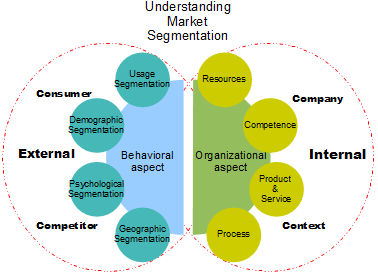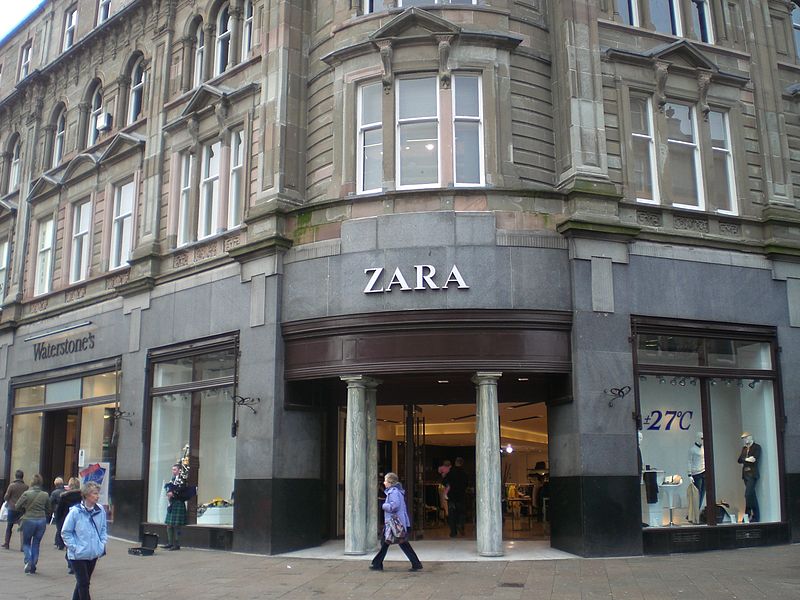STRATEGIC PLANNING
The Fashion Industry is one of the most competitive business areas today. To survive, a company must use several strategic planning methods.
Zara is one of the few companies that use a unique combination of these strategies to have a greater, steadier competitive advantage. Unlike most companies, Zara does not use advertising to gain new costumers.
One strategy that Zara started using a few years ago is diversification. Initially, Zara started as a clothing line only for women. A few years ago, in 2007, Zara started releasing a clothing line for men and later one for children. The lines for men and for women are separated into two categories each. For a more sophisticated and mature look is the women's section and the men's line; for a casual look there is the basic line and for a more playful and young look there is the trafa line. This way the company reaches out to a large variety of buyers. Also, to make sure that the costumers buy the new products as soon as possible, Zara only releases a limited amount per each store. The stores, usually are very spacious, so the contrast between the stores and the amount of products in it make the buyers believe that the new collection is almost finished so they need to purchase as soon as possible before everything is gone for good.



Another strategy that Zara uses is market development. Using the money saved from not advertising, and the abundant amount of products, Zara has the necessary means to expand its business worldwide. In 1975 Zara existed only in Spain. In the 1980 and 1990 it expanded in Portugal, Mexico, Greece, Belgium, France, United States and Sweden. Currently, it is present in over 73 countries.
Another strategy that has helped Zara survive in this competitive business is the fact that Zara is a vertically integrated retailer. It controls most of the steps of the production: designing, manufacturing and distributing. This approach allows the company's self-containment throughout the stages of materials, manufacture, product completion and distribution to all of its stores with locations around the world, in a very short period of time.

 Businesses use marketing to promote their products and get consumers buy them. These consumers are sometimes other businesses or organizations. In this case, companies use business marketing to promote their products. Sometimes the products that are sold through business marketing are intermediate goods and services and other times they are finished, consumer goods. The difference is that these consumer goods are sold in rather large quantities to one buyer for public use. Companies that produce electronic supplies frequently sell their goods and services to individuals that need them for personal use and to organizations and businesses that need them for other reasons.
Businesses use marketing to promote their products and get consumers buy them. These consumers are sometimes other businesses or organizations. In this case, companies use business marketing to promote their products. Sometimes the products that are sold through business marketing are intermediate goods and services and other times they are finished, consumer goods. The difference is that these consumer goods are sold in rather large quantities to one buyer for public use. Companies that produce electronic supplies frequently sell their goods and services to individuals that need them for personal use and to organizations and businesses that need them for other reasons. 




















